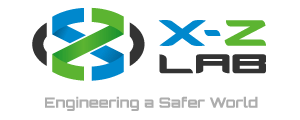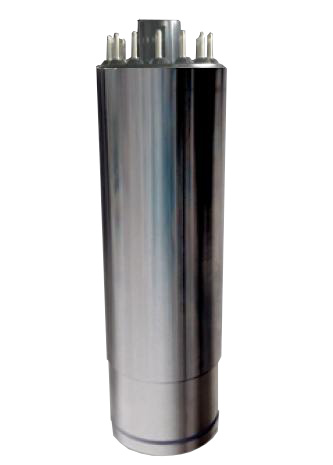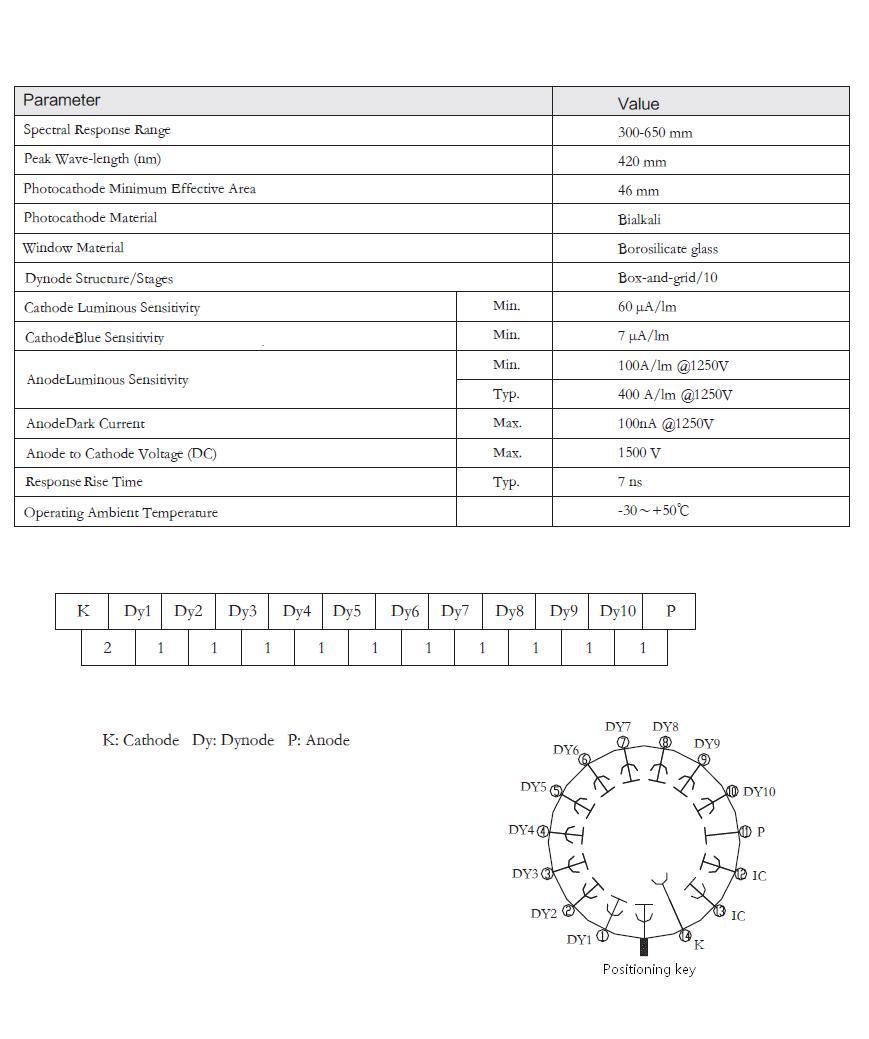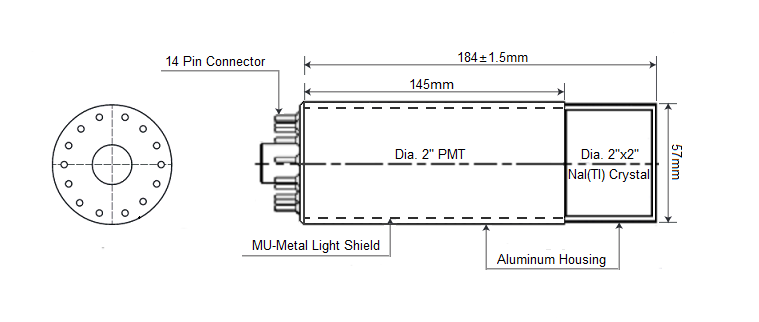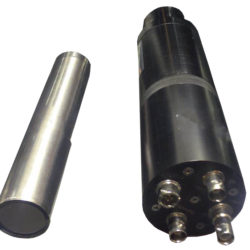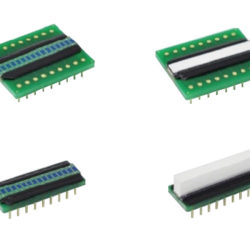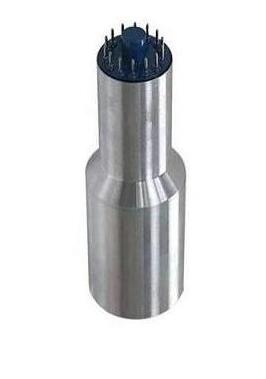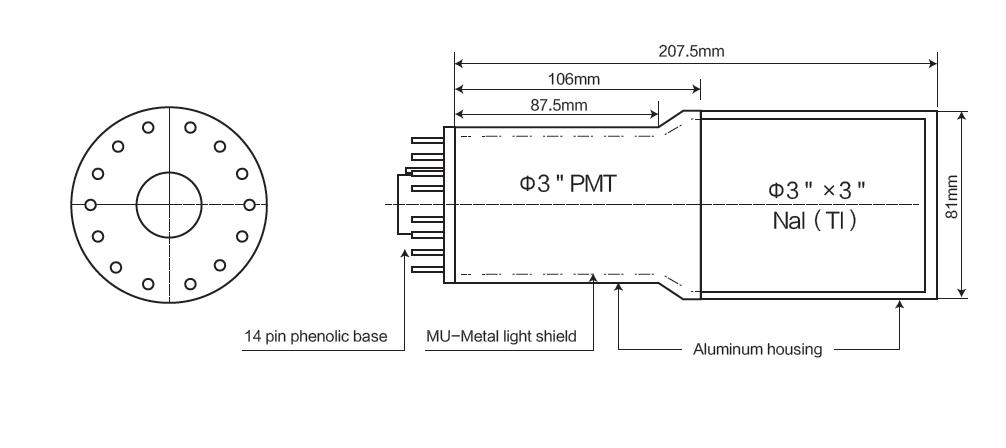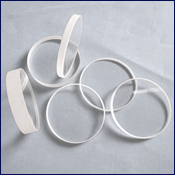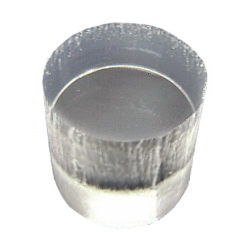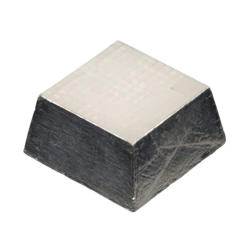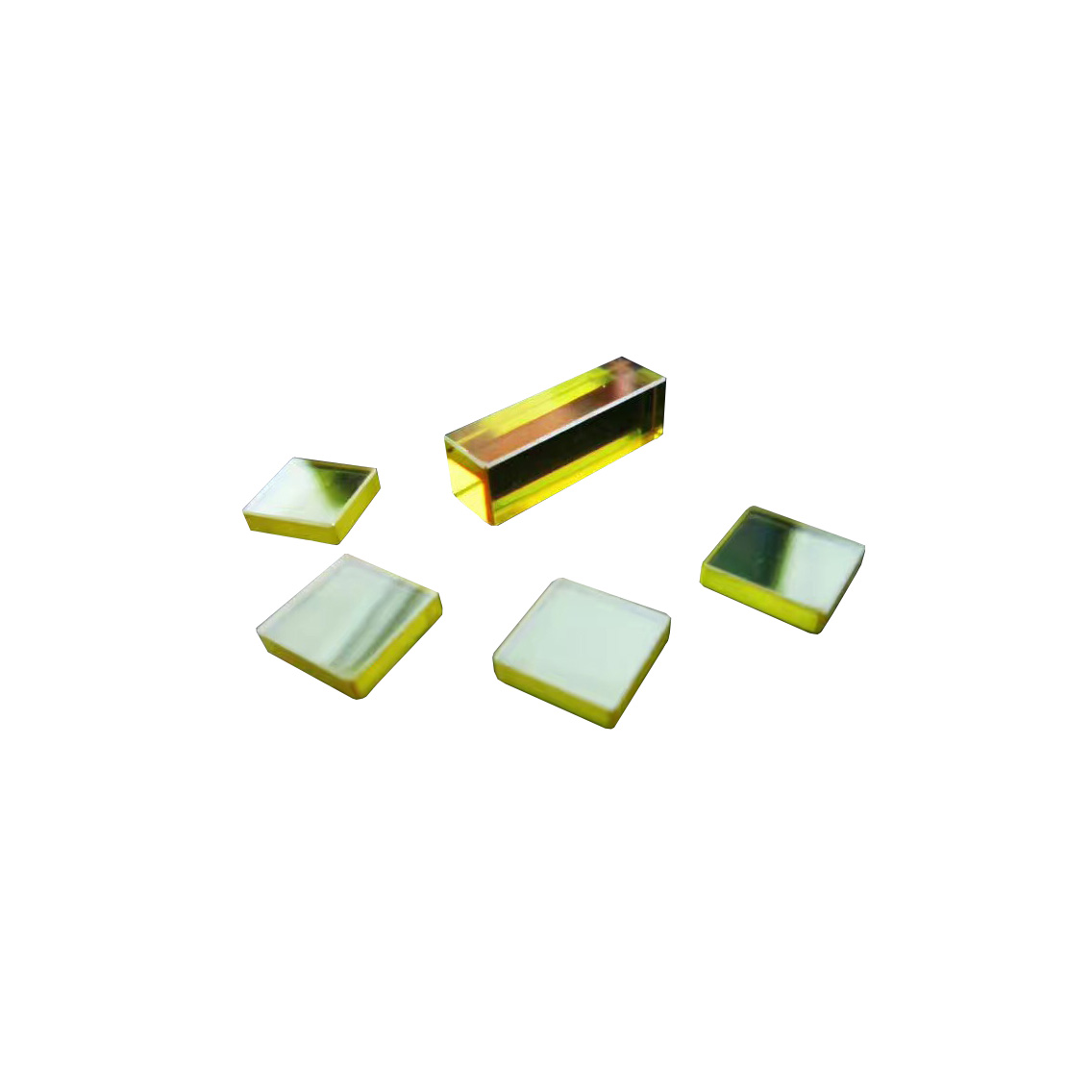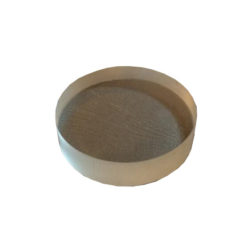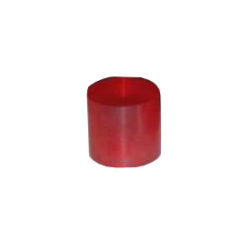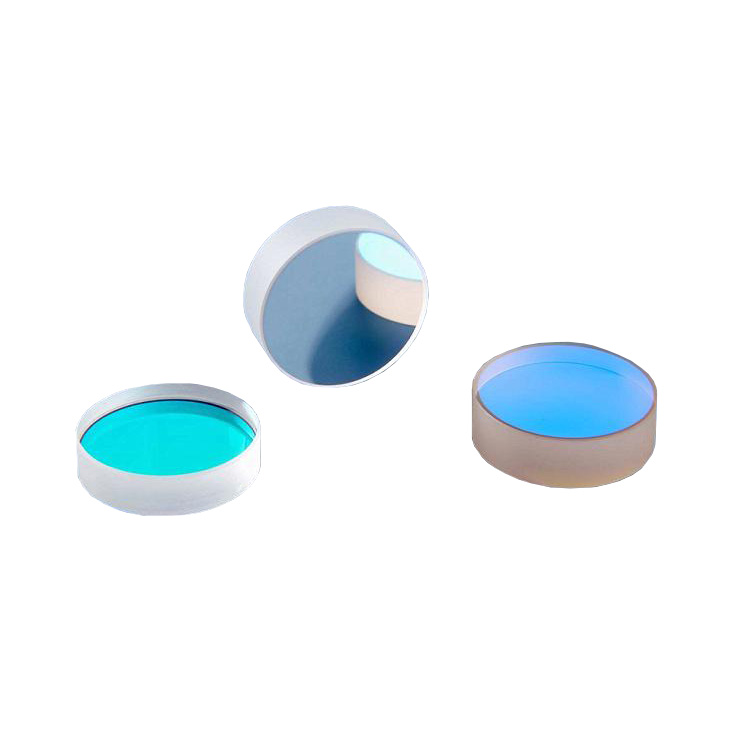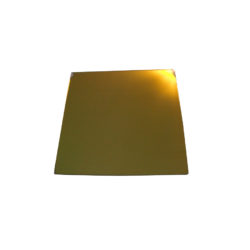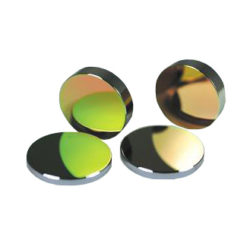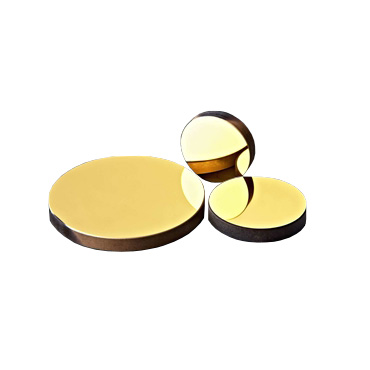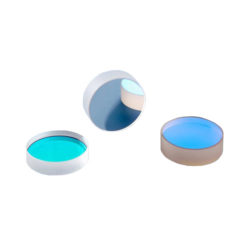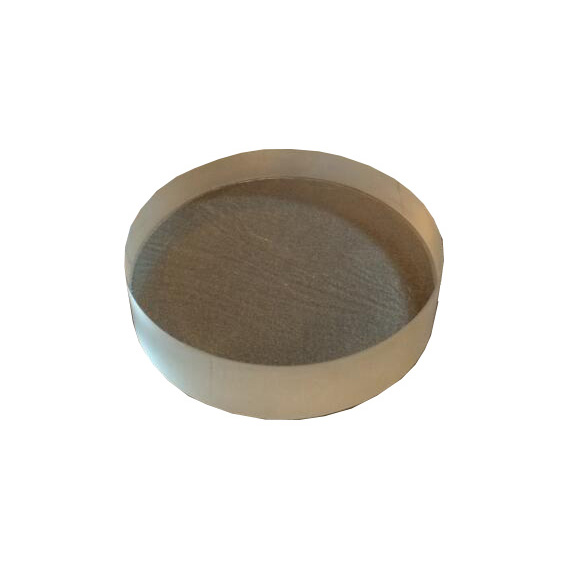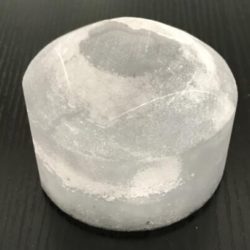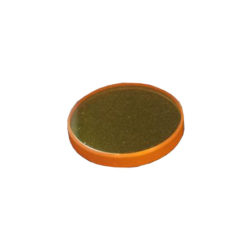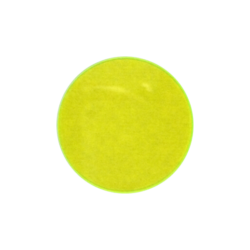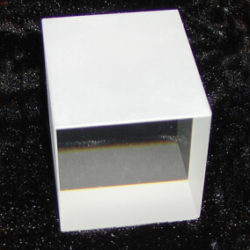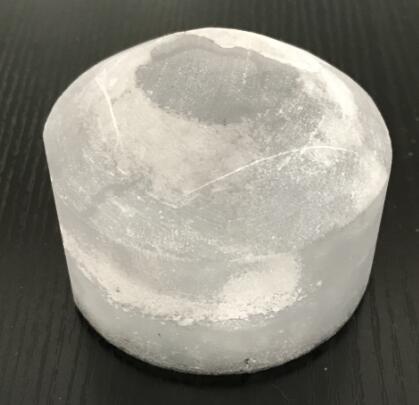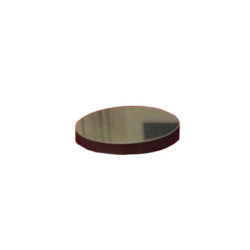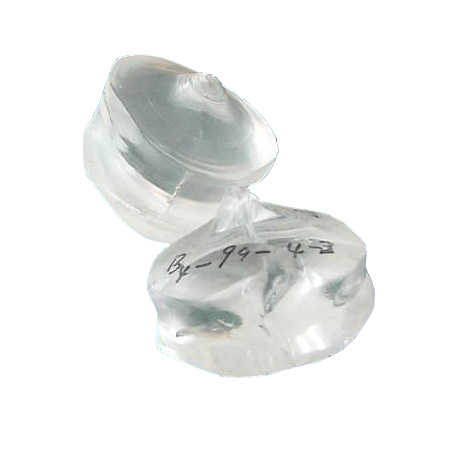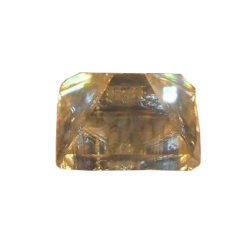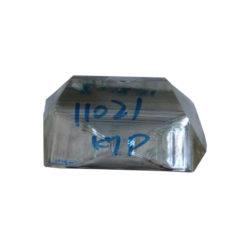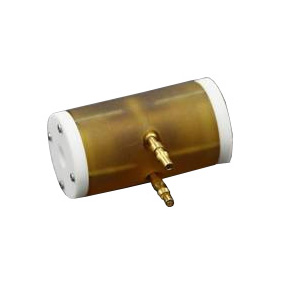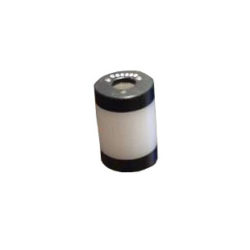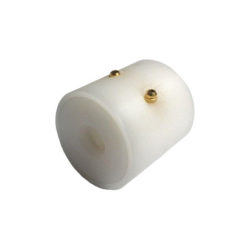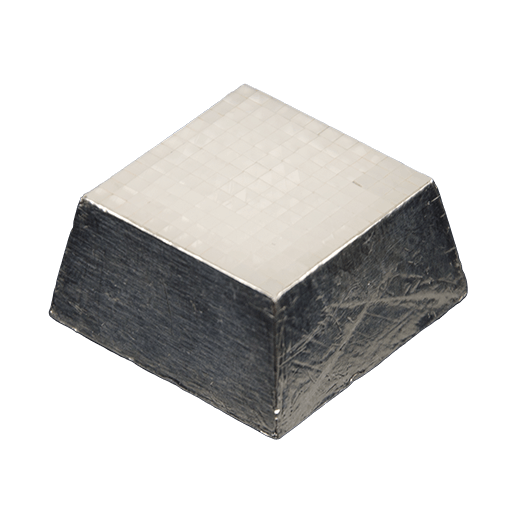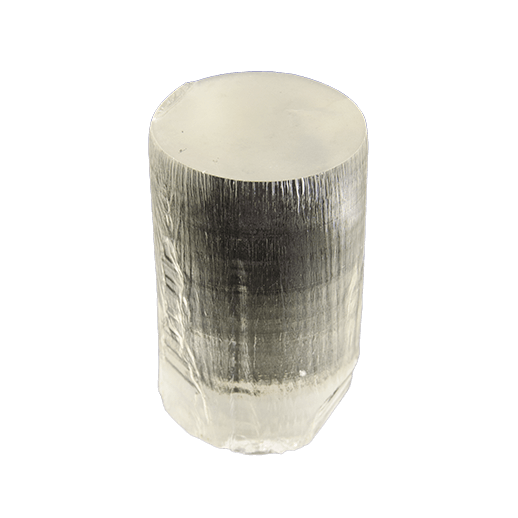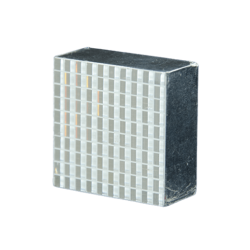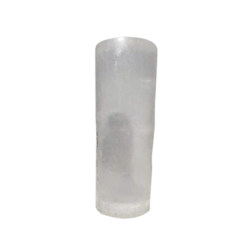Description
BGO (Bi4Ge3O12) is a scintillation crystal used for gamma ray detection with a high effective atomic number and density.
BGO | Scintillation Crystal has an emission peak of 480 nm, coupling well with PMT and SiPM. Compared to other scintillation crystals, BGO has an unparalleled absorption rate at photopeak. Its energy resolution is about 12%. The scintillation characteristics of BGO changes linearly with temperature. Combined with digital signal processing (DSP), it can work under harsh conditions. With small volume, it can work stably under refrigeration.
BGO | Scintillation Crystal is a tried and tested scintillator with many ideal scintillation properties, including:
- High density and atomic number
- Good radiation hardness
- No hygroscopicity
- Mechanical ruggedness
- Low afterglow
Growth method: Bridgman
Formula: Bi4Ge3O12
With access to the complete crystal finishing process, X-Z LAB has the means to provide custom crystals using state-of-the-art line cutting; fine grinding and polishing machines; and stable matrix assembly techniques.
MAIN APPLICATIONS
The most common oxide-based scintillator, BGO | Scintillation Crystal has been the popular choice for radiation detection. Because of its high detection efficiency and excellent physical properties, it has overtaken NaI(Tl) in higher energy applications, such as positron emission tomography (PET). Other applications include high-energy physics, nuclear medicine, geological prospecting, and gamma pulse spectroscopy.
